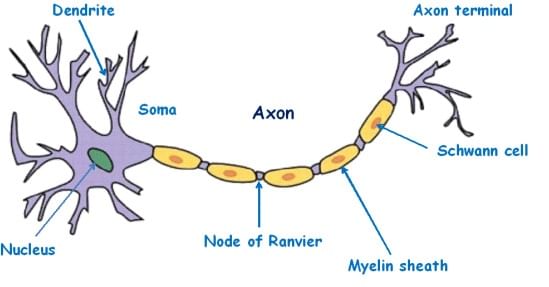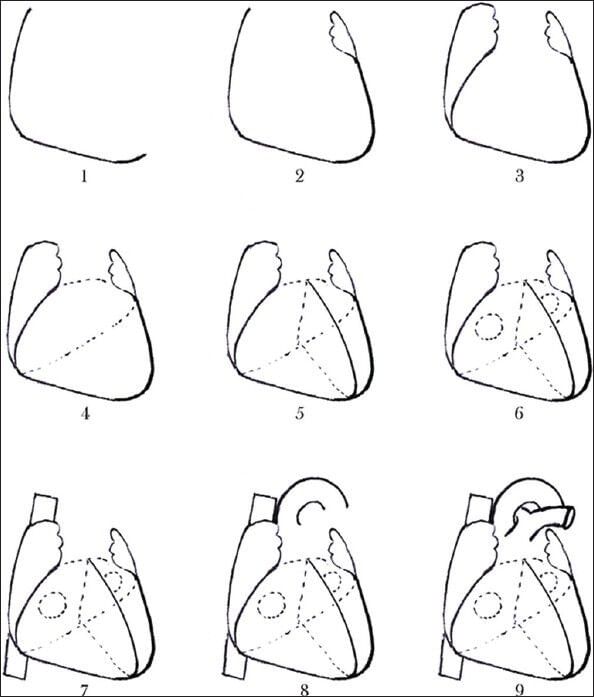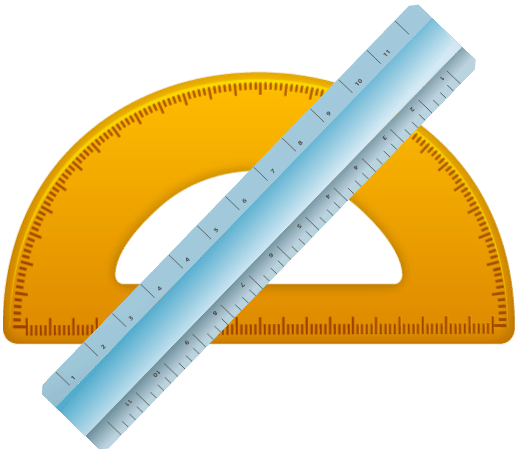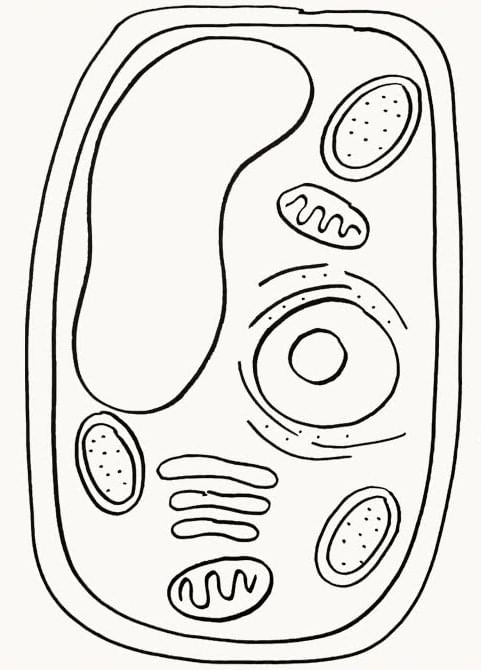How to Draw Biology Diagrams Class 10 Easily? PDF Download
Drawing biology diagrams can seem like a daunting task, especially for students in Class 10 who are not necessarily skilled at art. However, with a little bit of practice and the right approach, anyone can learn to draw clear and accurate biology diagrams. Here are a few tips and tricks to help you get started.

Tips & Tricks to Draw Biology Diagrams
Drawing biology diagrams will become super easy if you just follow the tips given below:
Tip 1: Start with a Rough Sketch
- When it comes to creating a detailed diagram, it is important to take the time to plan and organize your work.
- One way to do this is by first sketching out a rough outline of the structure you are trying to depict.
- This initial sketch should not be overly detailed, but rather should serve as a rough guide for the overall layout and proportions of the diagram.

- By starting with a rough outline, you can get a sense of the overall structure and identify any potential issues or challenges that you may need to address. For example, you may realize that certain parts of the structure are disproportionate or that you need to adjust the layout to better convey the information you are trying to convey.
- Sketching out a rough outline can also help you to better visualize the final product and make any necessary adjustments before you start adding in details. This can save you time and effort in the long run, as it allows you to make changes early on rather than having to go back and make corrections after you have already added in a lot of detailed information.
Tip 2: Use a Ruler and Protractor

One of the keys to drawing clear and accurate diagrams is to use a ruler and protractor to help you draw straight lines and measure angles. This will help ensure that your diagram is precise and easy to understand.
Tip 3: Use Simple Shapes
- Drawing complex structures can be a challenging task, especially if you are not confident in your drawing skills or if the structure is particularly intricate. One way to make the process easier and more manageable is by breaking the structure down into simpler shapes.
- For example, if you are trying to depict a cell, you might use circles to represent the cell membrane and the nucleus, and rectangles to represent organelles such as the mitochondria or the endoplasmic reticulum. By using simple shapes to represent different parts of the structure, you can more easily visualize and draw the structure accurately.

- Not only will this approach make it easier for you to draw the structure, but it will also help your diagram look cleaner and more organized. By using a consistent set of simple shapes, you can create a more cohesive and visually appealing diagram.
Tip 4: Label Your Diagram
- Labeling your diagram is an important step that will help your examiner understand what they are looking at. Be sure to label all of the important structures in your diagram, and consider adding a key or legend to help explain any symbols or abbreviations you are using.

- It is essential that you use clear and concise language when labeling your diagram, as this will help to ensure that your diagram is easy to understand and interpret.
- One way to ensure that your labels are clear and concise is by using proper technical terms for the various parts of the diagram. This will help to convey the information in a precise and accurate manner and will also help to establish your diagram as a credible and reliable source of information.
- It is also important to consider the size and placement of your labels. Make sure that your labels are large enough to be easily readable. Additionally, be sure to place your labels in a logical and intuitive location, as this will help to make your diagram more user-friendly and easier to understand.
Tip 5: Use a Consistent Scale
If you are drawing a diagram that shows the relative size of different structures, it is important to use a consistent scale. This will help the examiner understand the relative size of each structure, and make it easier to compare different parts of the diagram.
Tip 6: Practice, Practice & Practice
The best way to improve your skills at drawing biology diagrams is to simply practice drawing as many different diagrams as you can. The more you practice, the better you will become at accurately depicting complex structures and relationships.
Conclusion
By following these tips and tricks, you should be able to draw clear and accurate biology diagrams for Class 10 with confidence. With a little bit of practice and the right approach, you'll be able to depict even the most complex biological structures with ease. So, these are the few tricks that will help you to draw biology diagrams easily.
Frequently Asked Questions (FAQs) on How to Draw Biology Diagrams Class 10 Easily?
What are the important diagrams of Class 10?
The important diagrams of Class 10 are neuron, brain, reflex arc, nephron, endocrine glands, cross-section of leaf, heart, digestive system, nutrition in Amoeba, longitudinal section of a flower and reflex arc. Make sure to practise these diagrams properly by following the tips given above.
Do diagrams come in board exam Class 10?
Yes questions based on diagrams are asked in Class 10 Science Exam so make sure to practice questions related to diagrams in science. Even if a question does not ask explicitly for diagrams, it is recommended to draw diagrams if time permits.
Can we use colour pencils or sketch pen while drawing diagrams in CBSE Class 10 board exams?
Tt's not prohibited to use colored pencils for board exams, however, it is recommended to only use a grey pencil for drawing diagrams and labeling them. Using colored pencils takes more time and does not result in additional marks. The focus during board exams is to complete the paper within the given time frame, so using a grey pencil is a more practical and efficient choice.
What tips should I use while answering the Class 10 Science exam?
Here are a few tips that may help you perform well on the Class 10 Science exam:
- Read the instructions and questions carefully: Make sure you understand what is being asked of you before you start answering. Look out for key words such as "define," "explain," "compare," and "contrast," as they indicate the type of response that is expected. Note the units and numbers properly in numerical questions.
- Plan your answer: Before you start writing, take a few minutes to think about what you want to say and how you will present your ideas. This can help you organise your thoughts and structure your answer in a clear and logical way.
- Use clear and concise language: Write your answer in points and highlight the key points in your answer too. Remember that marks are given for steps. The answers should be written in clear handwriting.
- Draw diagrams to explain your answer: Draw a diagram to explain a concept where time permits. The diagrams should be neat and properly labelled. Review your work: After you have finished writing, take a few minutes to review your work. Check for spelling and grammar errors, and make sure that your answer is clear and well-organised.
- Don’t change the answer until sure: Do not change the answers unless you are 100% sure. Most of the time the first answer that you think is the correct answer.
- Answer Easy Questions First: Answer the easy questions first to build up your confidence and then tackle the more difficult ones.
- Don't Spend Too Much Time on a Question: f you get stuck on a question, do not spend too much time on it. Leave it and you can get back to it at the end of the exam.















